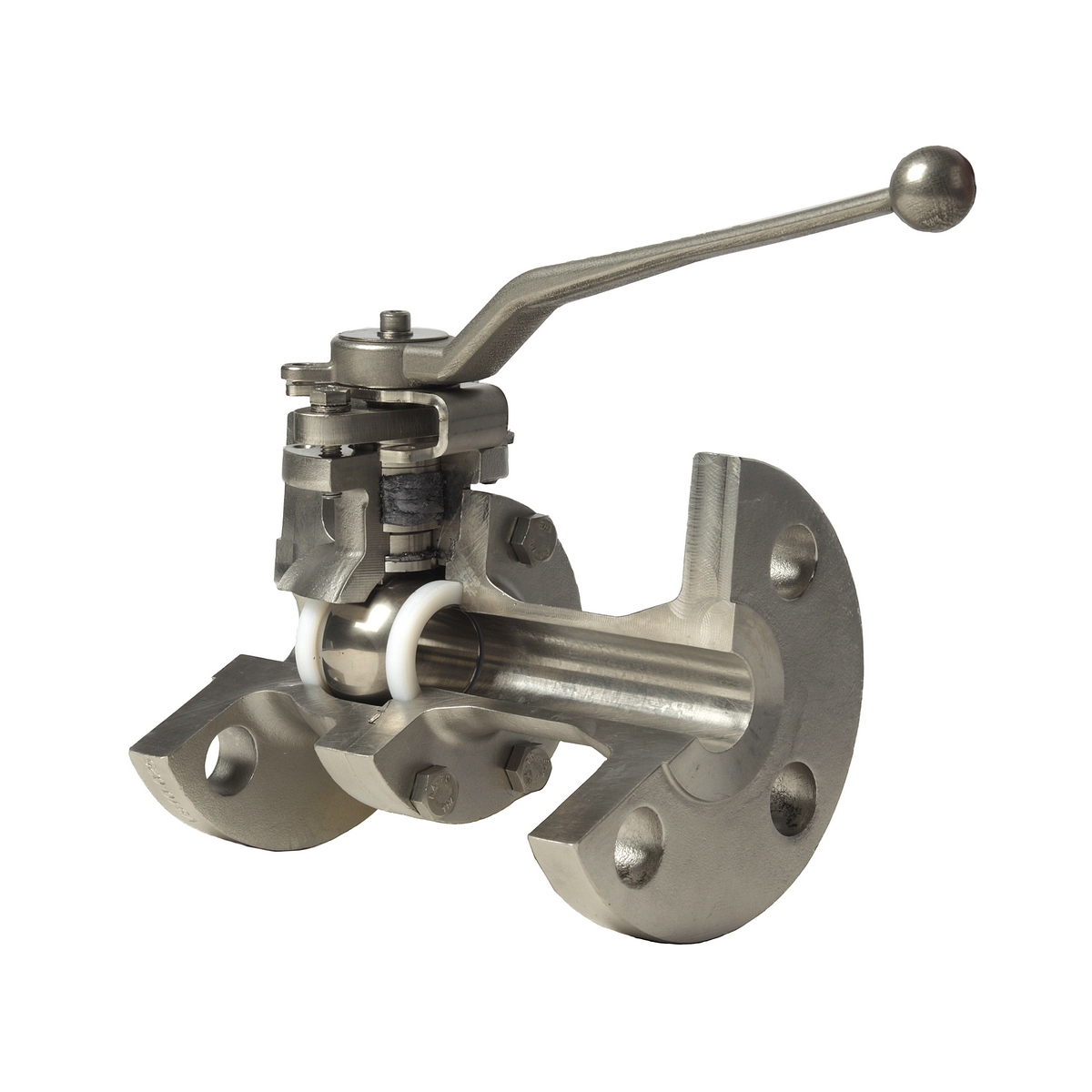What is full bore?
Written on September 20, 2018 | Back to the overview
Ball valves are generally available with full bore or reduced bore.
In this article we will briefly specify the definitions of full bore.
Because of the different norms in combination with mm and inch dimensions the probability of confusion is high. Let us look at the size 3” or DN80. The first difference is already noted.
3” is converted 76,2 mm and not 80 mm.
The assumption that DN80 is equal to 80 mm is swiftly made. However a pip size 3” SCH 40S has an ØOD 88,90 mm and a wall thickness of 5,49 mm. The internal full bore in this case is 77,92 mm and not 80 mm.
What is mandatory for a full bore dimension according the norm?
En 1983 Industrial Valves - Steel Ball Valves specifies the minimum effective diameter for full bore valves in table 4. For ball valves up to PN100 (or class 600) 74 mm is specified.
What about ASME and API norms?
For comparison the values are converted to mm.
ASME B16.5 dictates 76,2 mm with a tolerance of +/- 1 mm.
ASME B16.34 mentions the same dimension, but in a non mandatory section.
API 608 specifies a minimum size of 74,77 mm.
API 6D has the smallest value with a specification of minimum 74 mm.
80 – 77,92 – 76,2 – 74,77 – 74 and this is all full bore.
It shows that in this case the truth lays within a range and not in the middle.

Do you need full bore ball valves and do you need more info regarding our solution, contact our sales team at +31 164 630 360 or info@vactra.com